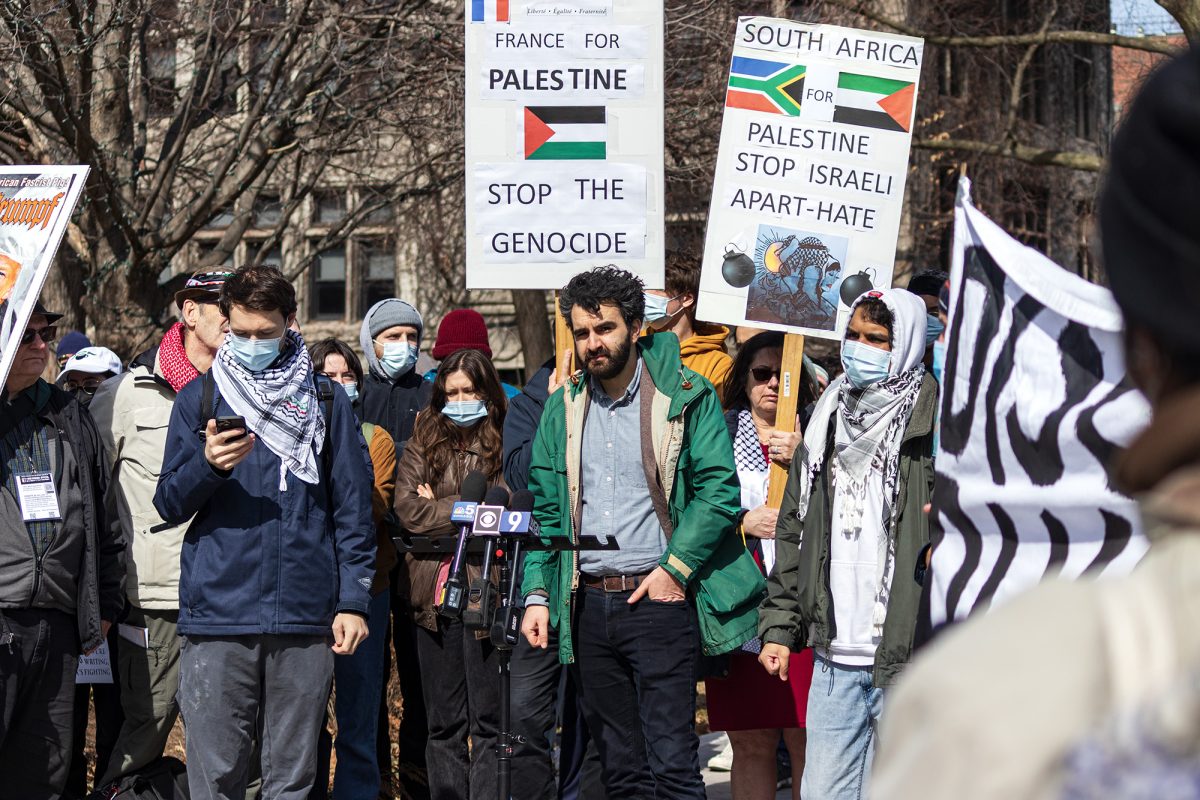I write to respond to the recent Maroon article about the University’s decision to participate in a Level I Trauma Center on the Southwest side of Chicago (“Trauma Center on the South Side: an in-depth look” [10/16/15]) and to discuss some of the issues related to the ongoing controversy. I write as an emergency physician on the South Side, a community activist, and a University of Chicago alumnus.
The public reporting and discussion concerning the proposed Holy Cross Hospital Trauma Center over the past month or so has given too much credit to the University (though it certainly deserves some), and not enough to the many community members and students who fought so hard, many risking arrest and expulsion, to push the University to do its share in providing South Side trauma care. Not only that, but too much credit is also being given to the proposal in general.
After the announcement of a trauma center to be established in Marquette Park, Chicago Fire Department Paramedic Fitz Maurice said, “It can’t hurt.” While it certainly can’t hurt, and will probably help, the reality is that the vast Southeast and Far South Sides of Chicago will remain many miles from a trauma center. The main advantage of a Holy Cross Trauma center, it seems to me, is to relieve the current excessive trauma burden at Mount Sinai Hospital (already a Level I Trauma Center and UChicago’s prospective partner at Holy Cross) and at Advocate Christ Medical Center, which provides Level I trauma care to much of the South and Southwest sides at its facility in Oak Lawn. The Holy Cross location will also be advantageous—if one can use that word in such tragic situations—for major-trauma victims in areas such as Englewood.
Many of us still wonder why the University cannot provide adult trauma care at its centrally-located tertiary-care campus in Hyde Park, and many of us think we know the answer: it still has to do with money, patient mix, and image. We also wonder if the University will continue to serve pediatric trauma victims through age 17 at the University of Chicago Medical Center (UCMC).
The South and Southeast Sides of Chicago will still be without a near-enough Level I trauma care. For example, where I live in South Shore, five miles from UCMC, if I were the victim of life-threatening injury, I would be transported about 12 miles away to Northwestern Medical Center (which, unlike the University of Chicago, has never tried to avoid its responsibilities in this regard). While 12 miles may not seem like a lot, in a life or death situation, every minute counts.
To me, it seems that to complete the process of providing adequate, proximate trauma care to all Chicagoans, another Level I trauma center should be established on the South or Southeast Side. A logical candidate would be Advocate Trinity Hospital in South Chicago, where the University of Chicago could partner with Advocate-Christ, as it plans to do with Mount Sinai at Holy Cross.
An anatomic term that might be used for the University’s current, limited plan is “half-assed,” and this is not becoming for a great institution. An adult trauma center at UCMC in Hyde Park, or a University partnership at Trinity or another southeast or far-south hospital, could make whole the University’s participation in the Chicago trauma system.
Peter Draper M.D. MPH,
University of Chicago (A.B. ’75)





